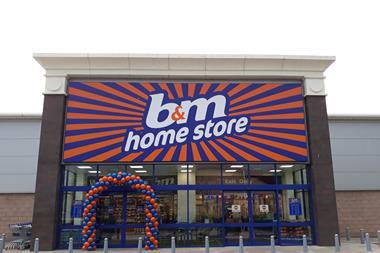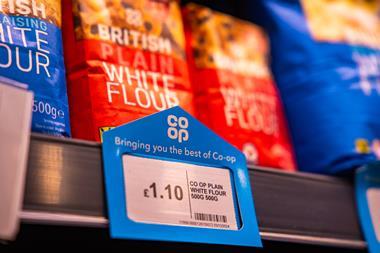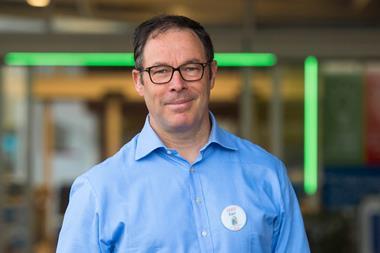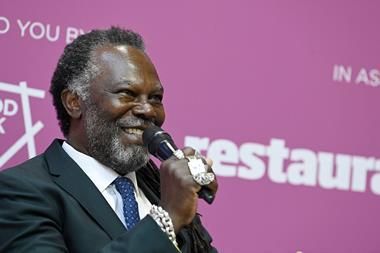The walls here at Grocer Towers are lined with beautiful, leather-bound volumes of The Grocer dating back to its origins in 1862. (They are also lined with long-forgotten notebooks, numerous energy drink samples and dusty pub quiz trophies, but we’ll gloss over that).
One of my favourite activities is flicking through these tomes and learning how similar today’s grocery industry is to that of our predecessors’: pick a volume at random and you can read of ‘rampant’ promotional activity, anger at product mislabelling and exciting packaging and product innovation.
But something I read last week hammered home just how much some elements of our business – and society - have been transformed by technology.
Almost 100 years ago to the day (on 7 June 1913), The Grocer ran a wonderful article under the headline ‘Grocery Orders by Wireless’. It told of a Northampton “grocery and provision merchant” receiving “what is probably the first order ever sent to a retail grocer by wireless telegraphy”.
To quote the article: “[The grocer’s] son, who is not yet 15 years of age, has constructed practically unaided, a wireless telegraphy apparatus which is capable of receiving signals sent by stations at the Eiffel Tower, Cleethorpes, and other places. The plant has also ‘picked up’ wireless telephone messages, and transmits the human voice with uncanny fidelity, the effect being of a voice out of space in a style that would have made our forebears’ hair stand on end. The aerials are stretched from a pole erected at the end of the garden to a chimney, from which wires lead to [the grocer’s] office at the rear of the shop, where the apparatus is fixed. The simplicity of the various parts of the plant increases the marvel of the invention which, without any apparent medium, can couple a shop in Northampton with Paris.”
Compare that story with some of the articles in the issue that arrived on your doormats (or laptops or iPads) this weekend:
• The launch of a smartphone app to round up missing supermarket trolleys
• Plans for the Royal Mail and Post Office to create the UK’s largest click & collect network
• Creation of a new website that uses algorithms to match buyers with suppliers
Then imagine explaining some of those concepts to the grocer who received the first order sent by “wireless telegraphy” – a grocer whose concerns may also have included whether he should swap his horse-drawn delivery cart for a motorised van.
Then try to imagine what grocery retailing will look like on 3 June 2113.



















No comments yet